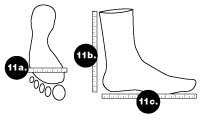Standard Body Measurements/Sizing
|
Most crochet and knitting pattern instructions will provide general sizing information, such as the chest or bust measurements of a completed garment. Many patterns also include detailed schematics or line drawings. These drawings show specific garment measurements (bust/chest, neckline, back, waist, sleeve length, etc.) in all the different pattern sizes. To insure proper fit, always review all of the sizing information provided in a pattern before you begin. On this website are several sizing charts. These charts show Chest, Center Back Neck-to-Cuff, Back Waist Length, Cross Back, Sleeve Length, Upper Arm, Armhole Depth, Waist and Hip. THESE ARE ACTUAL BODY MEASUREMENTS FOR BABIES, CHILDREN, WOMEN, and MEN in both inches and centimeters. When sizing sweaters, the fit is based on actual chest/bust measurements, plus ease (additional inches or centimeters). The chart entitled “Fit” recommends the amount of ease to add to body measurements if you prefer a close-fitting garment, an oversized garment, or something in-between. |
How to measure
2. Center Back Neck–to-Cuff
3. Back Waist Length 4. Cross Back
|
||||
|
Very-close fitting:
|
Actual chest/bust measurement or less
|
||||
|
Close-fitting:
|
1–2″/2.5–5cm
|
||||
|
Standard-fitting:
|
2–4″/5–10cm
|
||||
|
Loose-fitting:
|
4–6″/10–15cm
Oversized: 6″/15cm or more |
||||
|
The Length Chart provides average lengths for children’s, women’s and men’s garments.
|
|||||
|
Waist Length
|
Hip Length
|
Tunic Length
|
|||
|
Child
|
Actual body measurement
|
2″/5cm down from waist
|
6″/15cm down from waist
|
||
|
Woman
|
Actual body measurement
|
6″/15cm down from waist
|
11″/28cm down from waist
|
||
|
Men
|
Men’s length usually varies only 1–2″/2.5–5cm from the actual “back hip length” measurement (see Man Size Chart)
|
||||
|
Both the FIT and LENGTH charts are simply guidelines. For individual body differences, changes can be made in body and sleeve lengths when appropriate. However, consideration must be given to the project pattern. Certain sizing changes may alter the appearance of a garment.
|
|||||
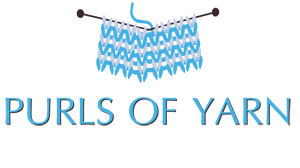
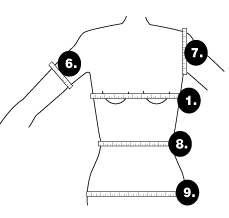 1. Chest/Bust
1. Chest/Bust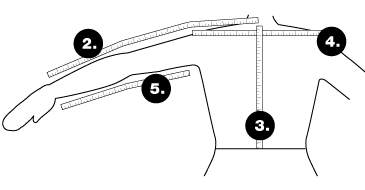
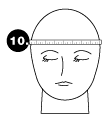 10. Head
10. Head